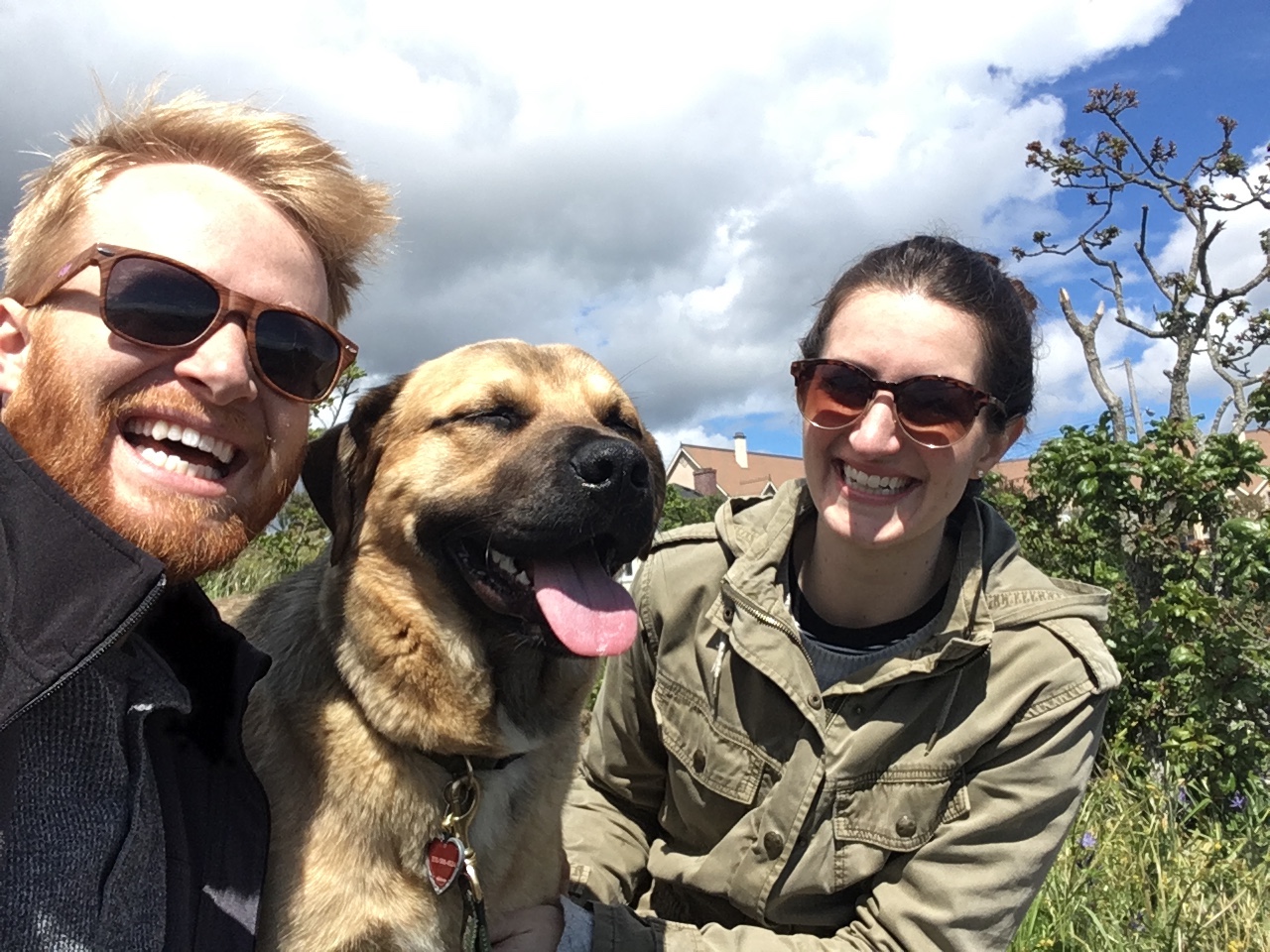Ask the Right Questions about Your New Foster Dog

The VACANCY sign is flashing & you’ve answered the call
A foster dog is coming into your home – yippee! But also, wow, you just took a look around and you’ve got a few things to organize before throwing a dog in the mix. Alright, how do you ask the right questions before your new foster dog arrives for check-in?
Ask ALLLL the questions
Age, name, size and suspected breed are a start even if you’ve seen a photo. Think of the questions curious folks will ask if they were to cross you in the street. Here are 7 to get you going:
- When will the dog arrive and do I need to pick him up?
- Are there any vet appointments they need to get to in the next few days?
- Any current medications?
- Do they have issues with food, people or other dogs?
- Crate-trained?
- Walking on a collar, harness or gentle leader?
- Anxious or nervous of people/noises?
Dogs develop all sorts of quirks especially if they’ve experienced any level of neglect, cruelty or trauma. So, by assuming nothing and asking questions directly of the last caregiver/rescue contact you’ll be the best position to help this dog. Treat this animal with kindness and give it tons of space to start (no hugging, kisses or forced-cuddling).
Don’t just ask the right questions, ask all the easy ones too
If the person you’re working with has the time definitely ask the dumb questions too. You never know what you might learn just by asking nicely and not acting like a know-it-all.
Try spending the first 12-24 hours just observing your new dog to see how they adapt. This is when you might discover the perks of keeping your place tidy. Thanks past self. We’ve had dogs grab socks, shoes, yoga mats and swipe a scrambled egg breakfast off the bar top when we weren’t looking.
Moral of this story?
Keep a watchful eye and allow your new foster dog time to settle in. Naturally den animals, they enjoy having somewhere safe to burrow into. If a crate has never been explored before, try setting up a bed or some blankets under a table or near some furniture that’s juuuuust out of the way.
As your foster dog becomes increasingly comfortable, this is where you will spot the fun personality traits. Enjoy your first meeting with your foster dog and feel good about letting things happen naturally.
You might be surprised what you find out!



